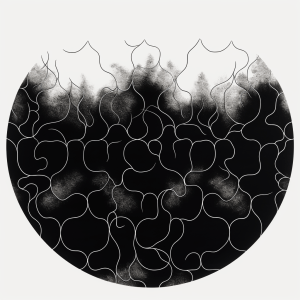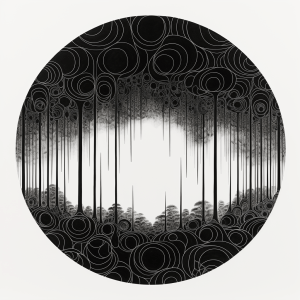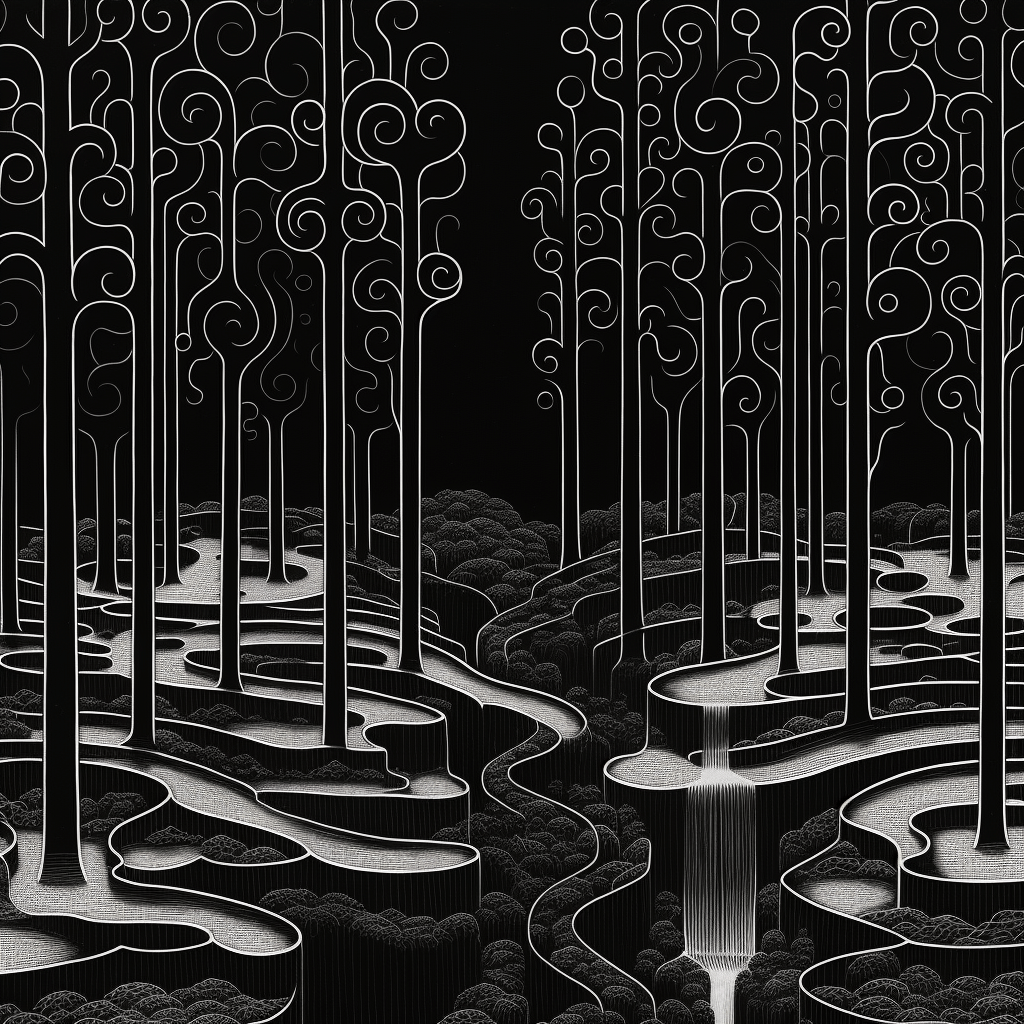Truchet tiling is a valuable technique for crafting intricate geometric designs using tiny tiles. Originally conceived by French mathematician Roger Truchet in the early 18th century, it has been widely embraced in architecture, art, and design. The process entails skillfully arranging individual tiles to create elaborate patterns and shapes, often incorporating smaller tiles within larger ones, resulting in captivating overall visual compositions.

The versatility of Truchet tiling enables the generation of a wide range of shapes and patterns, ranging from simple geometric designs to intricate abstractions. Additionally, it can serve as a means to artistically represent profound mathematical concepts such as fractals or cellular automata. Given its adaptability and potential for creative expression, Truchet tiling is increasingly gaining popularity among artists and designers alike.
Here are a few of my most recent developments. These works build on Truchet patterns and extend them through digital illustration and generative compositing. In this series I’m exploring night time forest scenes.


I have extensively explored the advantages of utilizing grids in art and design. Truchet tiling builds upon this foundation, introducing increasingly intricate pattern techniques. In my artistic pursuits, I have been immersing myself in the world of Truchet tiling, applying it as a technique in my visual artwork. By combining creative coding methods with digital illustration and AI, I am able to harness the inherent beauty of the intricate patterns and shapes within Truchet tiling. Through code, I can generate a diverse range of options that would be arduous to achieve using traditional methods. This process opens up a new realm of experimentation for visual expression.

For more recent Truchet works, kindly visit my Instagram page.



